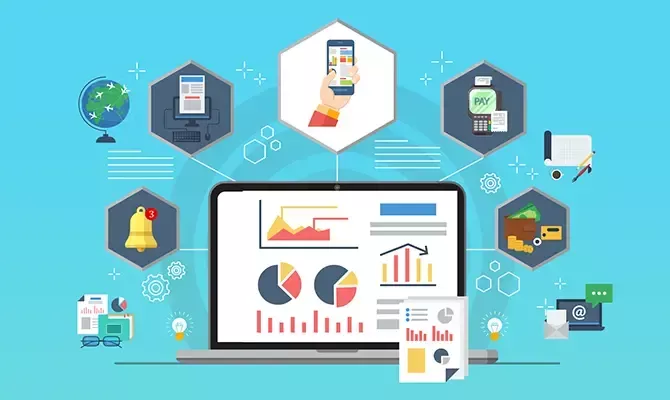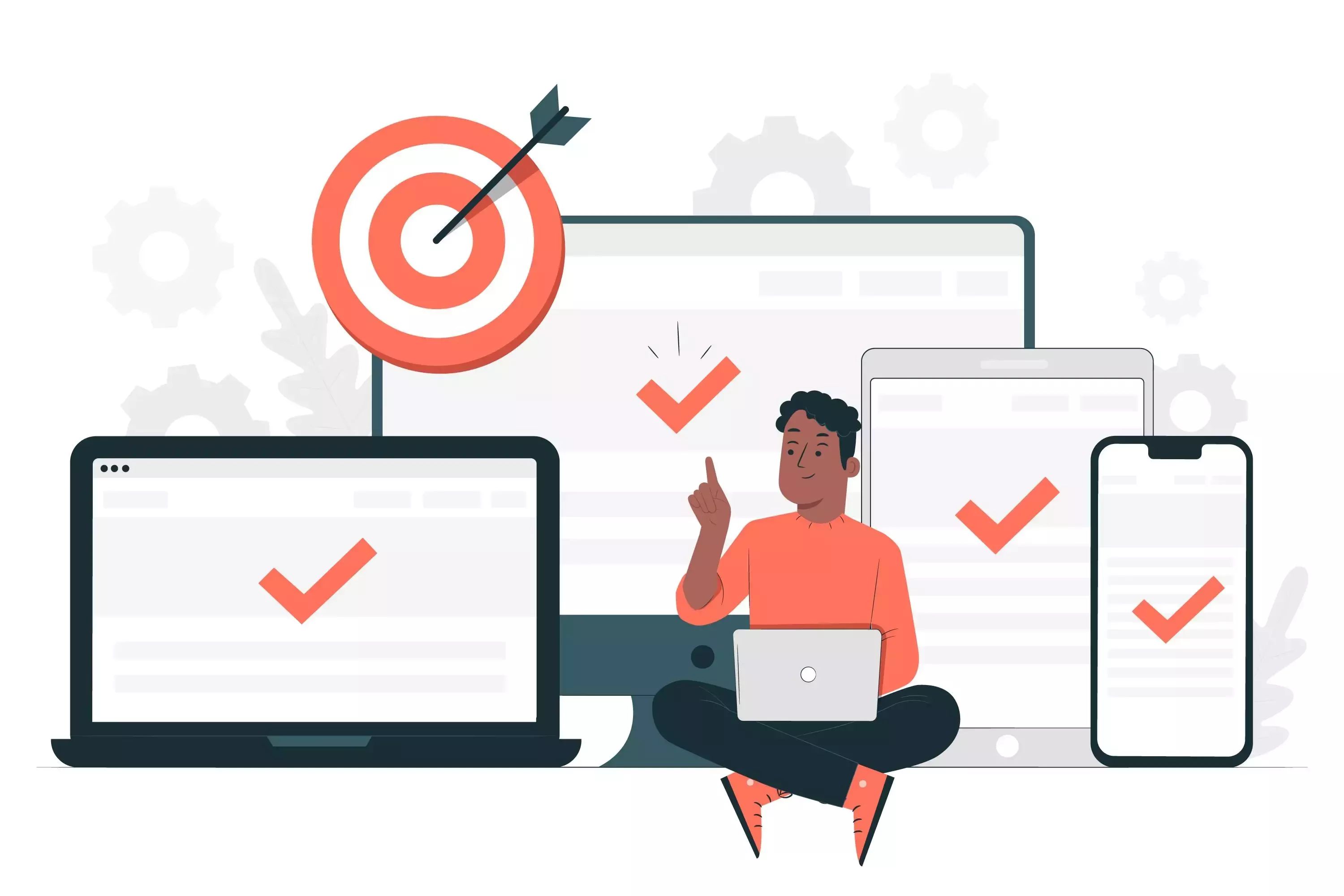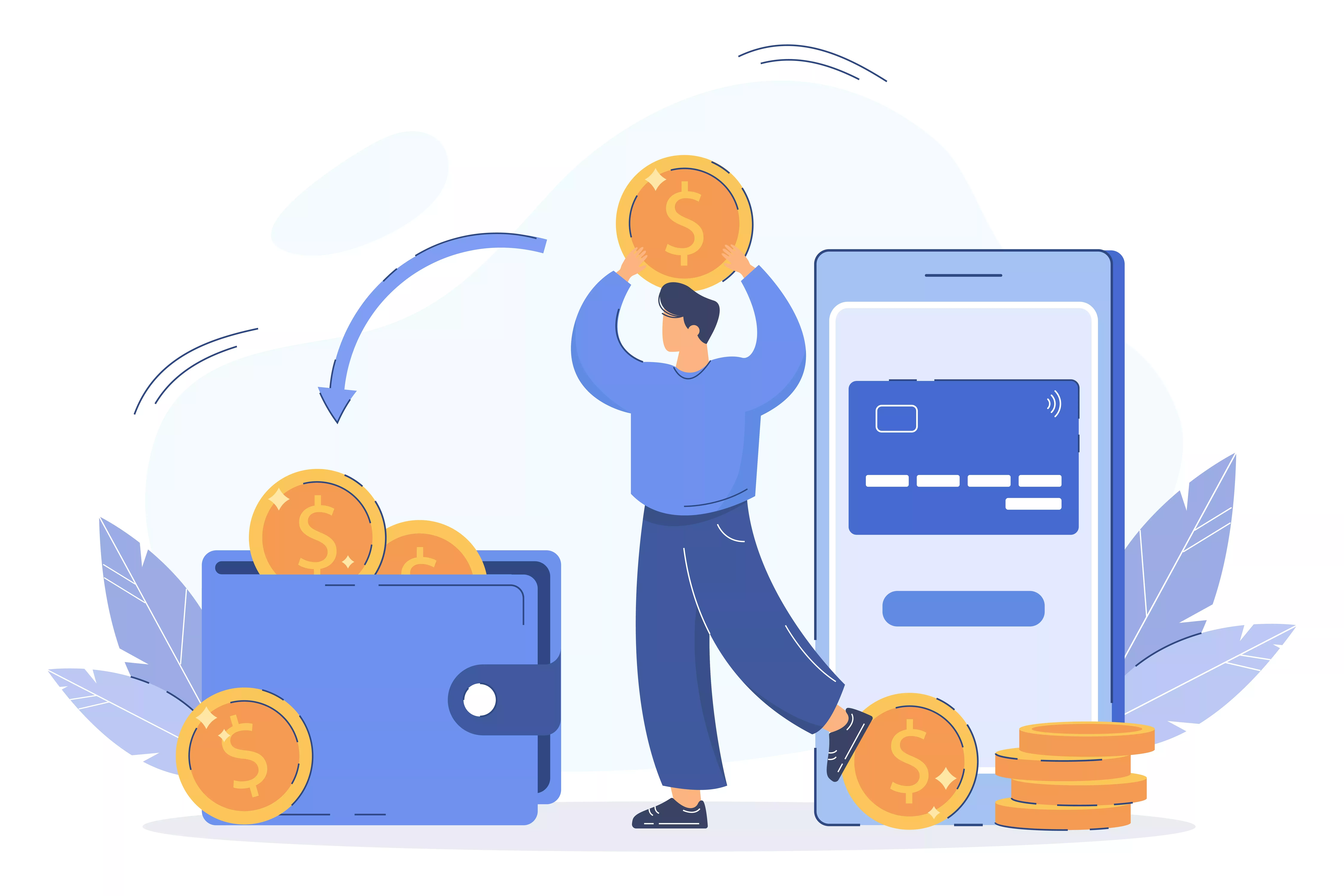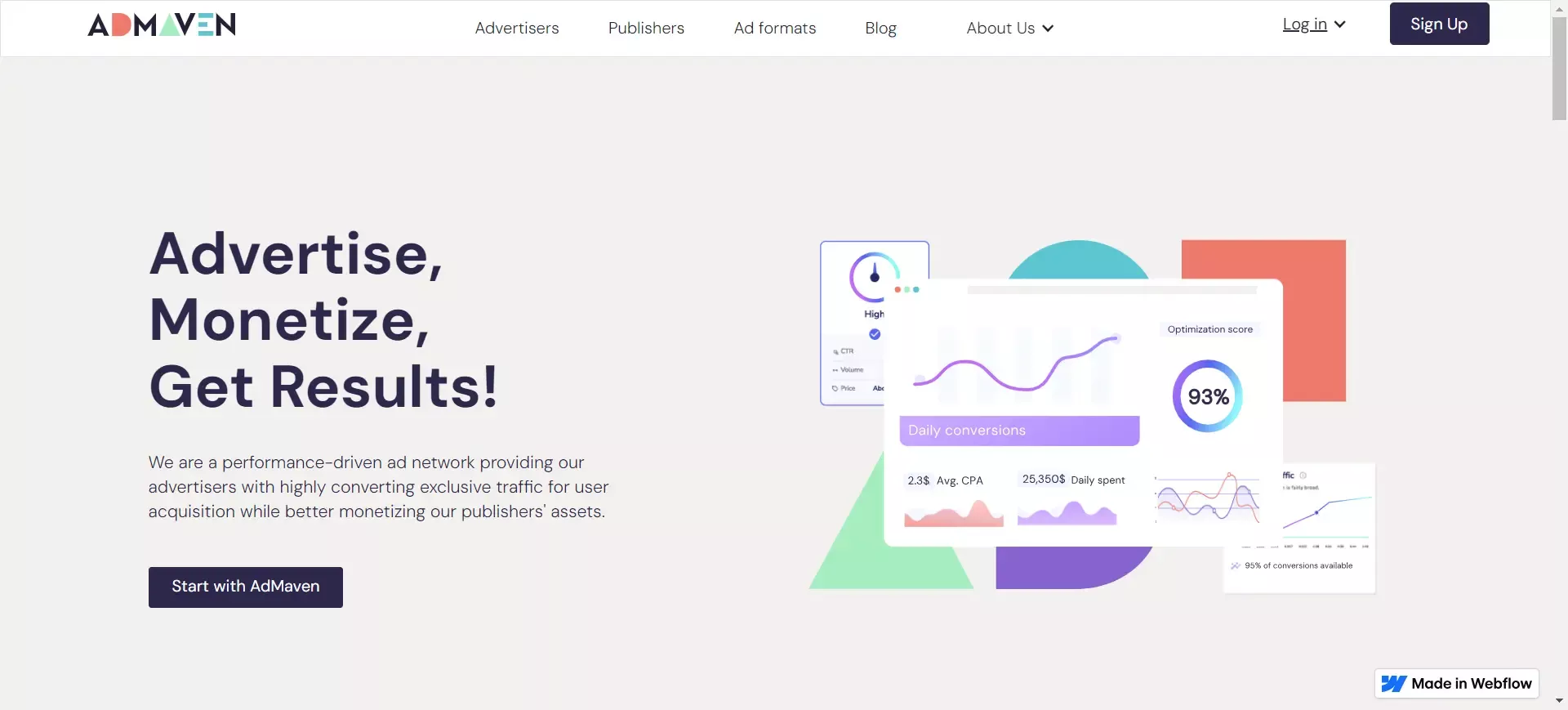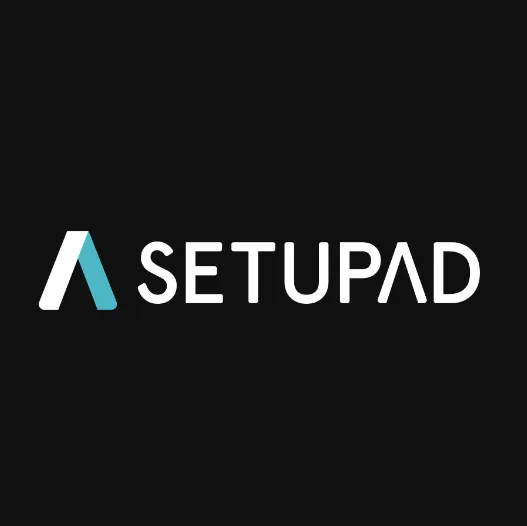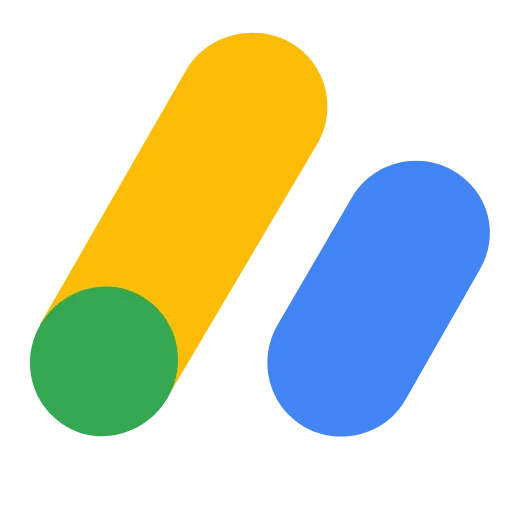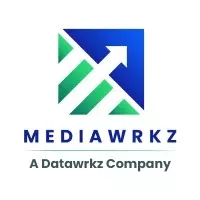10 Proven Ways to Increase Your Programmatic Ad Revenue
-
 By Editorial Staff
By Editorial Staff
-
26 March 23
Programmatic sale is the sale and purchase of online advertising with use of fully automated systems. Having been quickly adopted in different markets, this system makes the sale of media inventory easy, fast and more flexible.
With the abundance of content and ad inventory across various marketing channels, both brands and technologies are becoming increasingly cautious about where ads are served through programmatic channels. Advertisers tend to put more money in the pockets of brand-safe publishers to align themselves with safe and vetted content.
To survive in this constantly evolving ad-tech ecosystem, publishers today have to invest heavily in content planning and communicate in accordance with their audience. To achieve this, it is important to scale your advertising revenue, thus bringing us to the topic of how we can expand programmatic advertising revenue, across all possible channels.
Summary
- Choose a Niche with High Advertiser Demand
- Create Content that Drives Value for Brands and Advertisers
- Focus on Viewable Impressions
- Optimize your Price Floors
- Use Multiple SSPs and Header Bidding Intermediary Tags
- Enable Auto Refresh of Ad Units
- Bring in Programmatic Guaranteed Demand
- Use Affiliate Banners
- Focus on Brand Safety
- Try to Reverse Engineer' Ad Serving' to Delve Deeper
10 Proven Ways to Increase Your Programmatic Ad Revenue
Here are some effective ways to monetize your ad inventory at premium rates and scale:
1. Choose a Niche with High Advertiser Demand
If you're getting started with blogging, choose a niche with high advertiser demand. Choosing a niche with high advertiser demand, like- SAS products, growth hacking, adtech, depression, etc., increases your chances to get high CPM ads in the open auction. This is mainly because of the higher number of advertisers bidding on such niche, resulting in increased competition and higher bid rates. The advertiser who makes the highest bid can then feature the ad on the publisher's website. There are some websites where CPMs are well above USD 10 and some where it struggles to reach a CPM of 30 cents. Such a huge difference doesn't lie in the lack of optimization or higher-paying exchanges (because most of them are now integrated), but mainly because of the website niche and the quality and intent of the audience. As an example, even a highly valued user wouldn't browse an adult site with the intent of buying a SAS subscription. So, the key takeaways here are:
- Focus on a high-value niche.
- Make sure to align the intent of your website to generate more conversions
2. Create Content that Drives Value for Brands and Advertisers
All content is not created equally, and the outcomes are only felt eventually. You will either see a decline or a rise in your overall ad CPM rates. The quality and tone of the content can either drive a conversion rate way above the average or lower it significantly. Algorithms constantly monitor sites for conversions and KPIs that are valuable to advertisers. One of the best ways to increase your programmatic ad revenue is to create a style of content that is persuasive and impactful at the same time.
3. Focus on Viewable Impressions
Viewable impressions have several long-term benefits, specially if you're a mid-sized publisher, selling inventory in the open exchange. If combined with high-converting traffic, you will certainly see a guaranteed increase in overall advertising CPM rates. Most of the DSPs and exchanges take into measure the ad viewability when it comes to classifying a publisher's website. If the audience is not tracked or outside the cookie pool of the advertiser, chances are low that the advertiser will bid on those impressions. However, adtech is becoming more robust as technologies slowly move to cookie-less implementation. The most crucial metrics which lie as an arsenal for all the DSPs and exchanges include conversions, engagement, CTR, and ad viewability. The first three metrics are only realized when an ad is clicked. The CTR metric doesn't become relevant only after a specific volume of clicks per site, per segment, and thus we are left with one extremely powerful metric, which is 'ad viewability'. In one sentence, your viewable impressions will govern your increase or decrease of programmatic ad revenue. In Google Ad Manager, you can head over to reports, click on 'ad unit' under the 'dimensions' section, select 'all the active view metrics' under the 'metrics' section to see the ad exchange active view viewable impressions. Maximizing the 'active view viewable impressions.' can reap long-term benefits of higher CPMs in the open exchange.
4. Optimize your Price Floors
If there is one tool at a publishers' disposal to defend their inventory and serve ads from high-paying advertisers and increase the overall auction pressure, it is the 'price floor.'
If implemented correctly, you can honestly evaluate the worth of your inventory in the open exchange. It also gives you a fair idea of how much you should be charging from your direct advertisers. You can set soft price floors, hard price floors, and dynamic price floors. Target CPMs in ad exchange can be used to set up soft price floors, which, if monitored regularly, will maximize your overall ad revenue. Also, a dynamic price floor is a great way to increase your programmatic open exchange revenue.
5. Use Multiple SSPs and Header Bidding Intermediary Tags
While every SSP and header bidding intermediary will ask you for 100% of your ad inventory, you need to play the smarter game. Obviously, from a business standpoint, it makes sense for them to take the maximum portion of your inventory since it will result in higher revenue for them, as most SSPs and intermediaries take a cut of 15-20% of the generated revenue.
I would like to share my understanding and logic behind using multiple SSPs and header bidding intermediaries. An SSP is plugged into different Ad exchanges and DSPs, while a header bidding intermediary is plugged into different SSPs and some DSPs and exchanges too. Based on the availability of the demand, the header bidding tech, bid request time-outs, and a few more technical factors, you'll see varying CPMs. Also, the CPMs vary because of the auction pressure, which is different as the same inventory is bought at different prices by the same advertiser. This is because both SSPs and DSPs have additional information about a user, which they can map with the advertiser's KPI and generate the likelihood of conversion (lead, sales, increased user engagement, video views, etc). If the likelihood is high, they don't want to miss the impression and assign a comparatively higher bid to win the auction. This results in varying CPMs for the same impression or inventory. Now, there is no way to really predict this ad stack is good unless you use it. Also, if you gain all your impression through one exchange, SSP, or header bidding partner, it becomes more obvious for the DSPs to predict the margins for the winning bid. This results in a loss of revenue for the publisher as they will try to minimize the gap between their winning bid and the second-highest bid. Also, more availability of the inventory will decrease the demand spike!
The simple solution is to have 4-5 such SSPs/header bidding partners and set up creatives for each of them and make them rotate evenly to see which one is generating the highest revenue for you. You can assign the priority of the line item to network or standard with a CPM to get ad exchange beat this CPM to take winning bids. Wait a few weeks to see results coming in!
6. Enable Auto Refresh of Ad Units
Today, the industry is filled with auto-refresh ads, a practice that every SSP and publisher-side adtech firm is using to increase the overall revenue for publishers. To harness the maximum potential of auto-refresh ads, you need to delve into its best practices.
7. Bring in Programmatic Guaranteed Demand
Seated at the highest priority level, programmatic guaranteed deals greatly increase your overall advertising revenue from programmatic ads. Since you need to have millions of monthly visitors to get a hold of programmatic guaranteed deals, these are generally reserved for top publishers who also have their in-house sales team and a reach of the direct advertiser base. It can get a little difficult for mid-sized publishers to close such deals unless they drive high conversion rates for advertisers. Programmatic guaranteed deals result in high revenue and a forecast of your revenue projections.
8. Use Affiliate Banners
Now they do not strictly fall under the category of programmatic ads, but they can be a good additional source of monetization that would top up your existing revenue. An exciting way to set this up is the create a line item and set up a pass-back tag for the auto-refresh sticky ad unit. Due to the nature of auto-refresh, you'll end up with some impressions which your third-party tags will fail to fill in. Now place this newly created ad tag as a passback for all your third-party tags (you can't use AdSense here because Adsense doesn't allow auto-refresh or sticky ads). Under the creatives section, you can create as many affiliate banners as you wish and make them rotate evenly and track which banners are generating sales and prioritize them. This is a great way to maximize your ad space for further profit.
Tip: Feel free to mention the 'exclusive coupon codes' for your visitors while creating the image creatives to increase the chances of conversions. You can use tracking macros to further monitor your conversions.
9. Focus on Brand Safety
Ad fraud vendors like IAS and others closely monitor the performance of websites and pass insightful data to ad exchanges, DSPs, and other analytics companies primarily responsible for the buy side. Along with some of the metrics which are being passed, ad fraud and brand safety make the top list. Your entire legion might fall if some of the biggest ad exchanges, like Google blacklists you. Chances are high that other DSPs and Exchanges will follow. Brand safety is not only an essential concern for advertisers; they are equally crucial for publishers, especially the ones where user-driven content forms most of the inventory. If this is something that matches your concern, do take into account the necessary brand safety precautions and feel your revenue flowing.
10. Try to Reverse Engineer' Ad Serving' to Delve Deeper
The most valued part of the ad tech ecosystem is 'advertiser's money.' You can't grow and scale if you don't value the budgets the advertisers spend. To maximize your revenue from programmatic exchanges, you have to engineer your approach and align them with the approach of the DSP and advertiser. First, you need to understand how an advertiser or DSP values an inventory and when they are ready to pay a premium rate for the inventory.
- The content drives advertiser KPIs (leads, sales, engagement, web views, and more)
- The content drives high viewable impressions
- The website is easy to target for advertisers and DSPs
- It's easy for the DSPs to evaluate advertiser KPIs
The final pointer is one of the reasons why niche sites generate higher CPMs compared to sites with mixed traffic. Despite the granular targeting options, measuring KPIs becomes challenging because you cannot get more detailed than the 'site id' or 'ad unit' id. The website would have mixed content, and the same ad unit or widget (for native ads) would run sitewide. So, you're left with the option to target at the site level and based on your cookie information. Since the site has tons of content, it might not result in a precise targetting of your audience.
| Recommended Software | Category | Why Choose? | Signup URL |
|---|---|---|---|
| Setupad | Website Monetization | High CPMs, On time payments | Signup here |
| Refinery89 | Website Monetization | Easy installation, High CPMs | Signup here |
Blog FAQs

Editorial Staff at Publisher Growth is a team of blogging and AdTech experts adept at creating how-to, tutorials, listings, and reviews that can publishers run their online businesses in a better way.
View All PostsOur Editors’ Pick:
Browse these amazing publisher monetization tools handpicked by our team of editors













